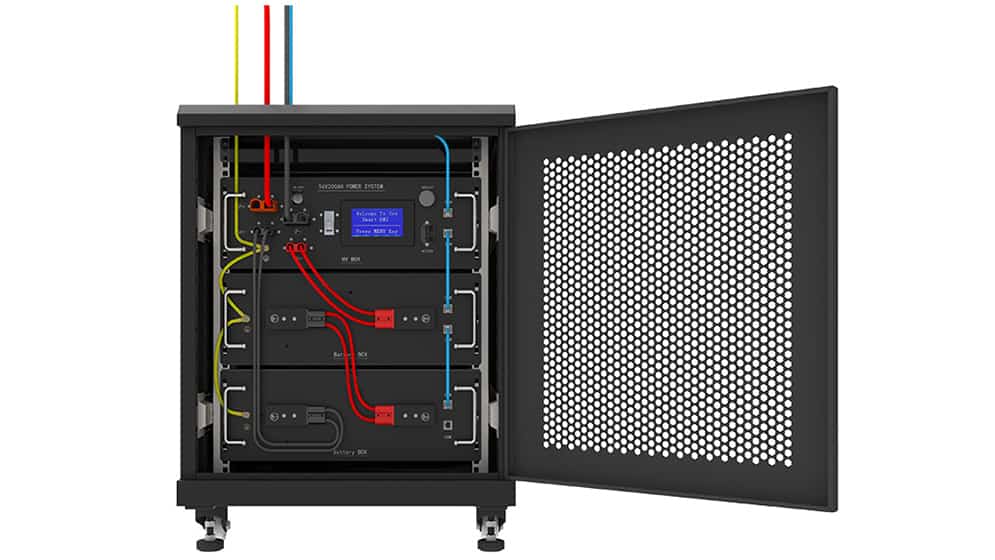- Curved Lithium Polymer battery
- Fast Charge Polymer Battery
- Flexible Polymer Lithium Battery
- Ultra-thin Polymer Battery
/ Blog / Battery Knowledge /
Home solar energy storage
03 Mar, 2022
By hoppt

Home solar energy storage is the process of using batteries to store power generated during the day for use in homes without access to cheap utility rates at night, when there may be less sunlight.
The main benefit of home solar energy storage is that it saves homeowners money on electricity bills and helps reduce our carbon dioxide emissions.
Pros:
- Many homeowners are already on a grid where the electricity rates are on an interval pricing scale, which means that they pay more for power during certain hours of the day.
- They can save even more money by charging batteries with free excess energy that would otherwise be lost to waste or needlessly exported to other homes on the grid at night when there is excess solar energy, but no one is using it.
- This process is good for our environment because it reduces the amount of greenhouse gases produced through traditional sources of electricity generation like coal mines and gas refineries.
- The environmental benefits will increase over time as people begin to realize how important it is to switch to these types of renewable sources, leading them away from carbon-intensive energy sources.
- Home solar energy storage will help homeowners reduce their carbon footprints if they are close to the point where it makes more sense for them to completely switch over to clean sources of electricity.
- The batteries used in home solar energy storage are made from recycled materials, which is much better for reducing greenhouse gases than mining new materials out of the earth or using outdated fossil fuels that have already been used before.
- Even though there are still some environmental downsides associated with renewable sources like wind and solar farms because of the excess land use required, we must adapt our lifestyles and build homes closer together so we can accept this change and keep living on our planet instead of abandoning it because we run out of resources and space.
- Two of the most common renewable sources used to generate electricity are wind and solar power, which both require very limited amounts of land use compared to other energy sources like coal mines or oil wells.
- Some critics say that we should not embrace renewables because they will never be as cheap as fossil fuels, but this is because we do not factor in all of the pollution and environmental damage that comes about from mining and drilling for these resources.
- This argument also ignores the fact that many countries like Germany and Japan have invested a lot into developing their renewable infrastructure and transitioning away from dirty sources of energy like natural gas and coal; this includes shifting over to cheaper grid-tied storage models similar to those discussed here, which has allowed them to take advantage of the same economic benefits that we could enjoy if we got on board.
There are also some negative aspects associated with renewable sources like wind and solar farms, such as the excess land use required, since they require large plots of land in order to generate a significant amount of power.
Cons:
- While home solar energy storage can help homeowners save money by using free excess energy from their own solar panels during the day instead of selling it back to a utility company for a much lower rate, there will still be times when it doesn't make sense to charge the batteries because it might cost more than what is saved from charging them at off-peak rates.
Conclusion:
While home solar energy storage has many benefits, there are also some negative aspects associated with renewable sources like wind and solar farms.
However, we must not let these downsides discourage us from building more of this type of infrastructure because it is good for our planet and society as a whole in the long run.



